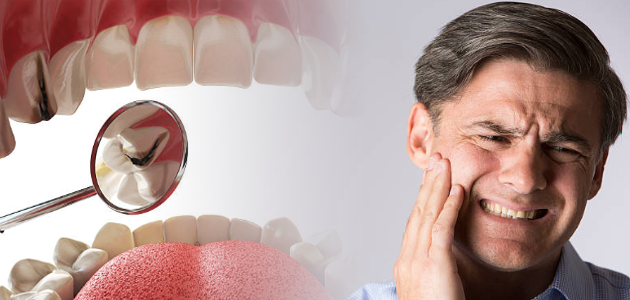The Low-Down on Secondary Cavities
Stay away, secondary decay!

Are you familiar with the term “secondary caries”, or “secondary cavities”? Well, hopefully you’re more familiar with the term than you are with the actual problem!
So… what’s the deal with secondary tooth decay?
Secondary caries, also known as recurrent caries, describes tooth decay that occurs underneath or surrounding an existing dental restoration (like a filling, a crown or an onlay). This type of tooth decay can be a result of not properly looking after one’s teeth, or, can be caused due to a microscopic hole in the restoration that allows acids and bacteria to seep in and further damage/decay the tooth. Sadly, these micro-pathways can’t be properly cleaned with a toothbrush because they are even tinier and deeper than a toothbrush bristle.
Secondary caries are detected either using X-ray imaging or laser technology, with a dental explorer tool/probe, and/or via visual examination. Once recurrent tooth decay has been discovered by the dentist, it’s important to address the issue before it becomes a bigger one. This involves removing the new decay and replacing the restoration.
Daily oral hygiene care goes a long way!
No surprise – but a proper daily oral hygiene routine will help to reduce your risk of secondary caries. This includes brushing twice a day for 160 seconds (or two minutes) each time, as well as flossing once a day. It is also very important to try and limit your consumption of sugary/processed foods and beverages, as these are known to advance the progression of any kind of tooth decay.
Don’t forget to visit the professionals…
You’ll need to see your dentist and hygienist bi-annually to keep your smile healthy through a professional cleaning and examination. Regular check-ups will help to ensure that no secondary decay (or any decay, for that matter) is inhibiting the health of your smile – and if it is, the earlier it’s caught, the better!